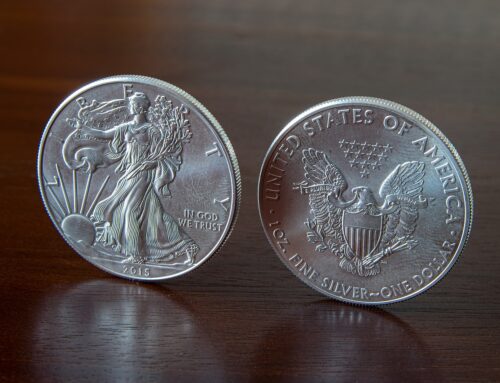All investment teams debate ideas, but few teams do it really well. Naturally, poor quality debate leads to poor quality security selection and portfolio construction, which leads to poor quality investment performance.
The quality of investment debate derives in large part from the nature of the interpersonal dynamics within a team. To illustrate this, consider two hypothetical investment teams, at least one of which is likely to sound familiar to you.
Team A
The interpersonal dynamics of Team A are characterised by acrimony. If you were to observe this team from a safe distance you would notice a high proportion of ad hominem attacks, vigorous attacks on a person rather than rigorous examination of an investment idea. This is a consequence of the team having an unsettled dominance hierarchy, which gives rise to a fierce, ego-driven desire amongst a few members to establish dominance over the rest of the team.
The result of this knife-fight for dominance is a high degree of manifest interpersonal noise, the technical term for which is shouting. It also gives rise to a high level of latent noise, a type of noise that is self-obscuring, where the emerging top dog expends great effort to silence dissent. This latter form of noise has the effect of cementing the top dog’s position in the dominance hierarchy, but the costs of victory will show up in the quality of the team’s debate and ultimately in its investment performance.
Some members of the team will find the despotic situation intolerable and they will leave, thereby further destabilising Team A and strengthening the competition. Those members of the team who tolerate the situation will no longer be prepared to voice their opinions, whether to offer a non-consensus view or to provide a reality check to the dominant voice. Both of these reactions, leave or remain, radically undermine the quality of debate in the team and its ability to deliver outperformance. That’s not good.
Team H
In contrast, the interpersonal dynamics of Team H are characterised by harmony. If you observed this team in its natural habitat you would notice that everyone is highly erudite, and they are all nice and polite to one another. It’s all wonderfully civilised and collegiate. But while it may be attractive, it’s seldom productive.
The members of this team have been hired for similarity rather than diversity. To be admitted into the club you need to look similar to the other members and you need to see in a way that is similar. The team operates as a democracy, where all ideas and opinions are treated equally. If you were able to peer under the hood, you’d see that the unconscious agreement amongst the members is to maintain the collegial atmosphere and avoid conflict at all costs. This means that the team’s investment debate will never be sufficiently robust and, as a result, the team will underperform. That’s the cost of maintaining harmony.
Team H and Team A are very different investment teams, but despite their differences they will occupy similar positions on the performance ranking tables, somewhere south of average. Visits to the north, if they ever occur, will be brief and entirely due to luck.
Something else they have in common is their inability to understand the cause and consequence of their own interpersonal dynamics. This stems from their antipathy for dealing with so-called soft issues in the team. The inevitable slide into dysfunction and disintegration is a problem at the best of times, and especially so in the midst of a crisis.
Investment management is hard. The hardest part might be the soft stuff. This stuff is generally ignored or disdained by your competitors. That means that understanding and addressing the structural and dynamic issues within your team also represents an extraordinary opportunity to develop a sustainable competitive advantage.
There are two simple facts that catalyse this alchemical transformation from problem to opportunity. First, the members of your team are wired differently to one another. Second, each member of the team will show up differently under different conditions, sometimes radically so. Recognising this puts you in a position to play an active role in leading your team to higher quality investment debate, whatever seat you occupy.
- What are the different ways in which the individual members of your team are wired?
- How does each individual show up when conditions are favourable? And when conditions are adverse?
- How does this aggregate at the team level? What strengths and weaknesses does that suggest?
If you would like answers to these questions, please contact me to request a review of the underlying interpersonal dynamics in your team.







Leave A Comment